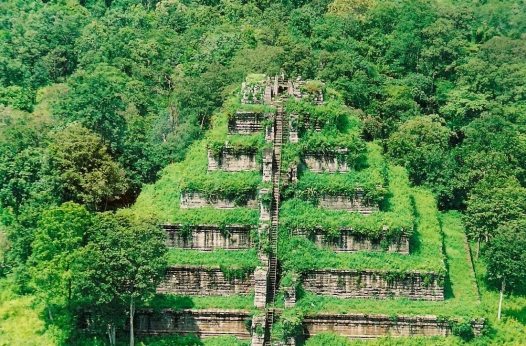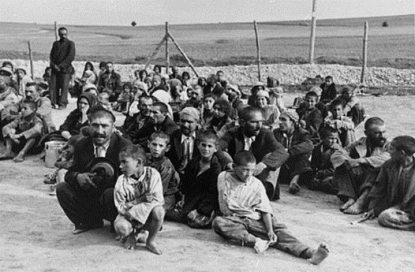Zsuzsanna Renner, director of the Hungarian Southeast Asian Research Institute, announced the plans at a press conference on Thursday and recapped the results of the first phase of the excavation.
The Hungarian Indochina Society, established by István Zelnik, the art collector and founder of the Zelnik István Southeast Asian Gold Museum, undertook research at the site of Koh Ker in 2009-2011. Zelnik?s Hungarian Southeast Asian Research Institute provided the scientific support for the endeavour.
Renner said the first task was to map the site from the air as some of the ruins were mined. Excavation started in 2011 and resulted in a number of new discoveries concerning the chronology of the structures at the site and their relationship to each other, she added.
Among the important findings an analysis of ceramic materials at the site revealed was that a village community resided in the area of the temple after the city lost its rank as a capital.
The Hungarian Indochina Society has also documented 73 stone tablets inscribed with Sanskrit and Old Khmer that were found at the site.
Zelnik István Southeast Asian Gold Museum director Róbert Kuszinger said the Hungarian Indochina Society had contributed 30,000 dollars to a joint satellite mapping programme of the site. Overall spending on the three-year project came to 572,000 dollars, he added.
Asked about the Sevso Treasure, a priceless collection of 14 pieces of Roman-era silverware to which Hungary lays claim, Zelnik said a contract to buy the treasure expires at the end of August and he would wait until then for the state to approach him.
Zelnik said earlier he would buy the treasure if the state of Hungary temporarily waived its claim to it.
Source: Hungarian News Agency (MTI)


